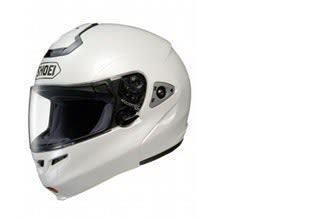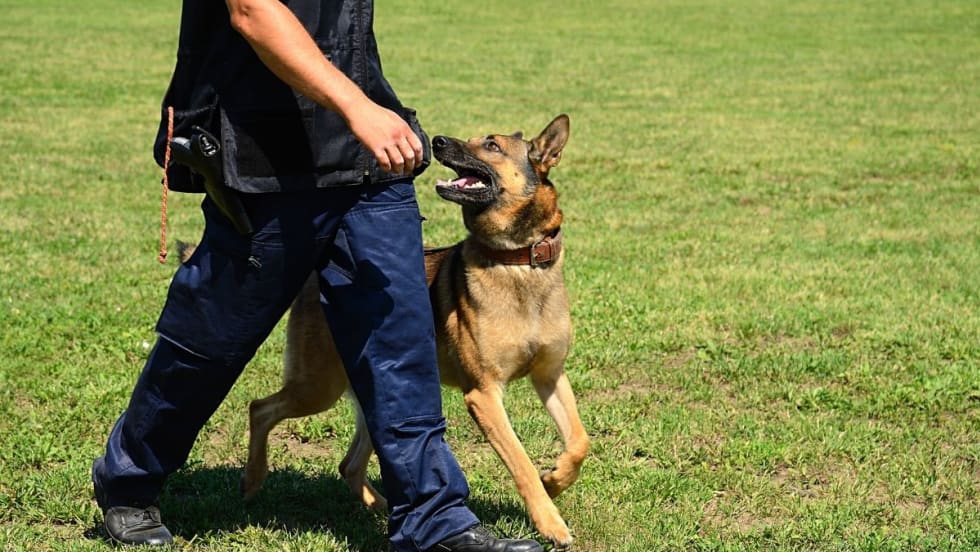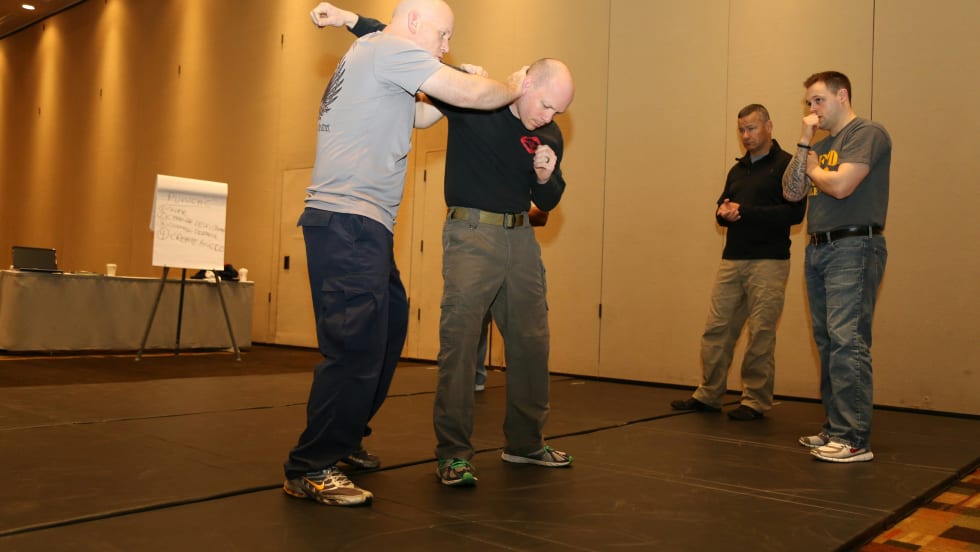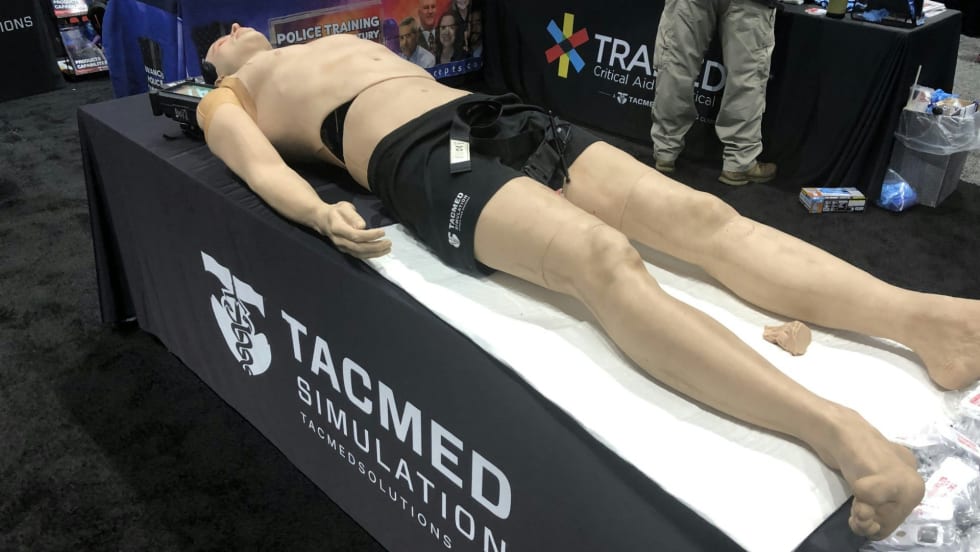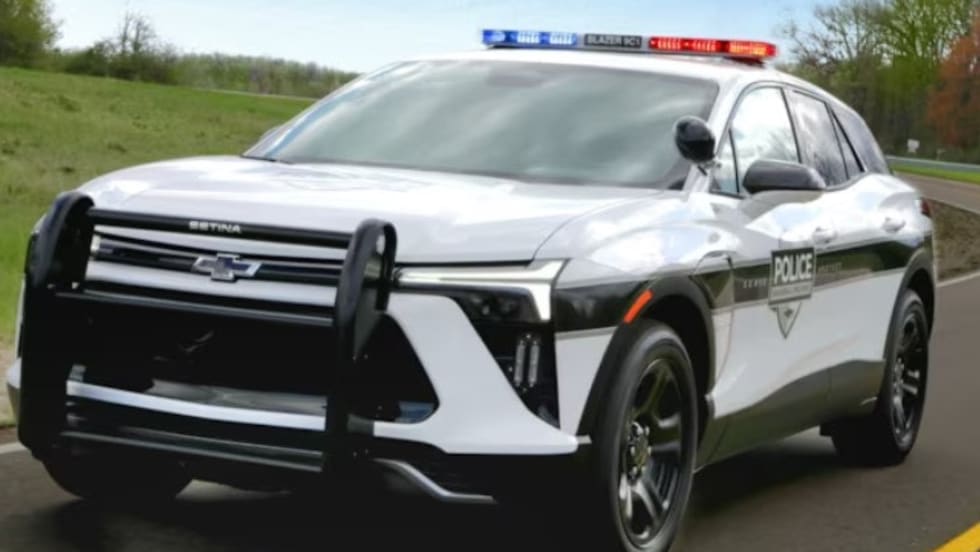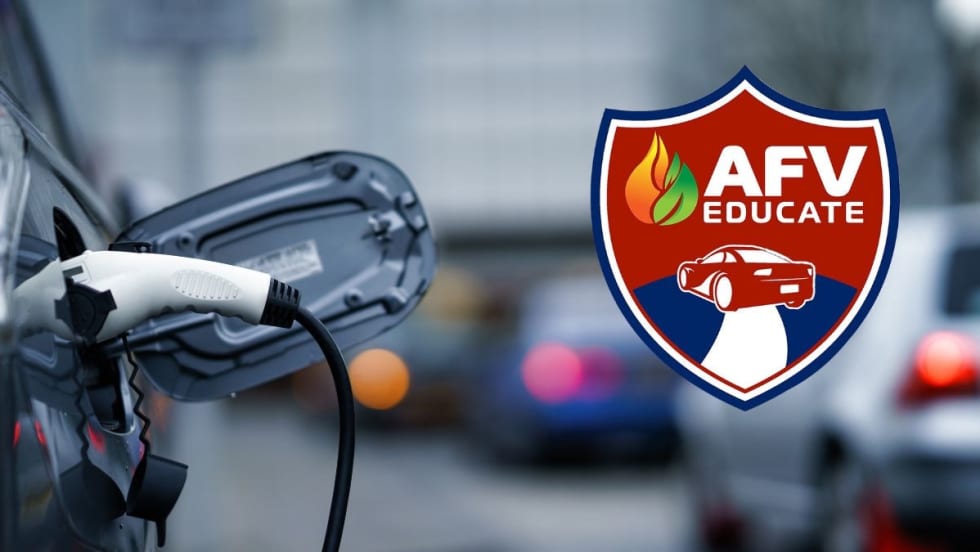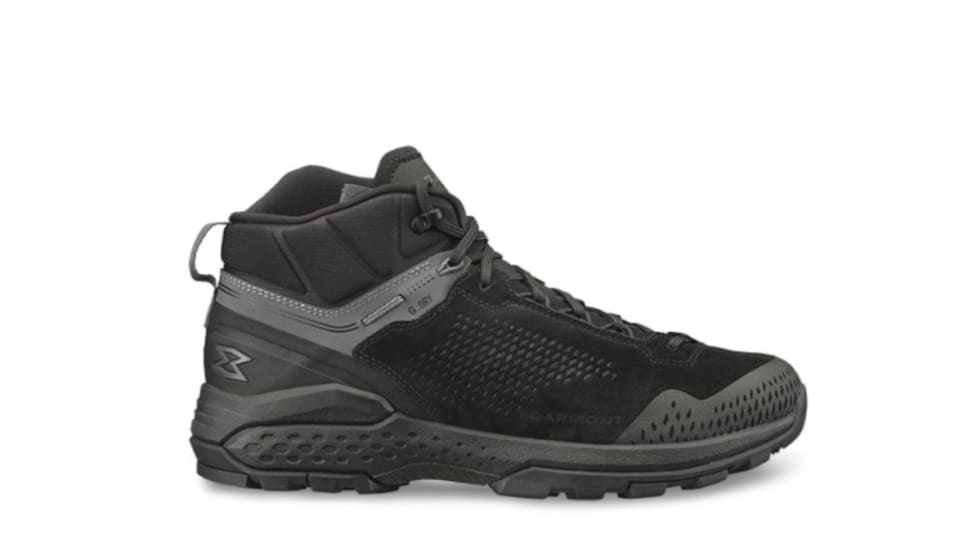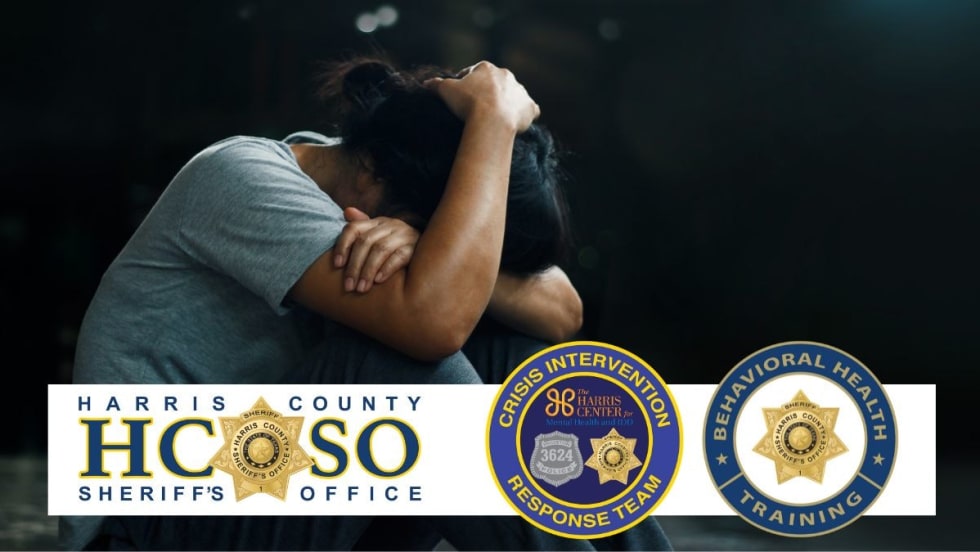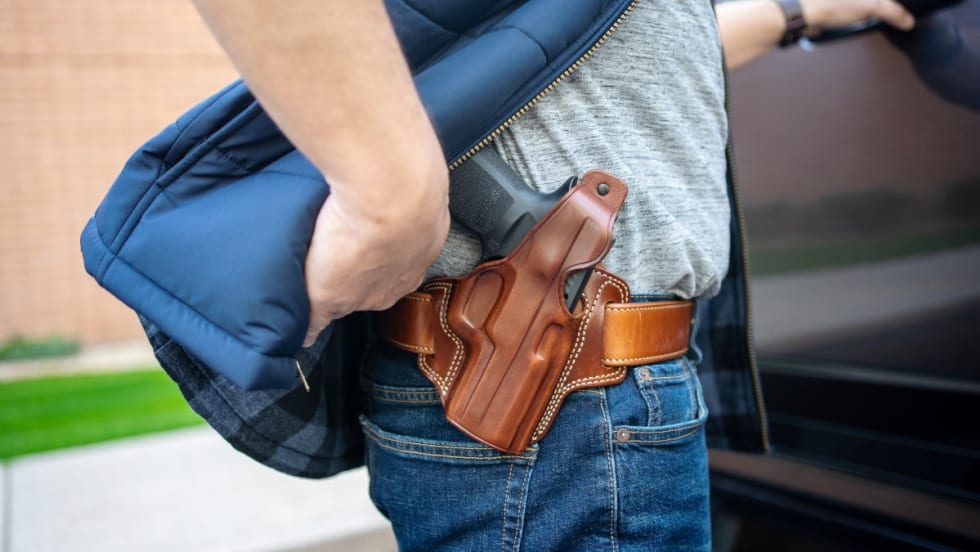A study completed by the University of Southern California—sponsored by the National Highway Traffic Safety Administration (NHTSA)—revealed some startling data. Of the collisions investigated in what was known as the Hurt Study, 68 percent of the time there was an impact on the face. A traditional three-quarter helmet issued to many of the nation's motor officers does not protect an officer's face. Aside from the obvious potential for facial injury during a crash, less dramatic injuries caused by debris or skin cancer must also be considered.
During my staff study in support of modular, full-face helmets, I uncovered some significant statistics. I compared the safety standards for helmets set by the U.S. Department of Transportation (DOT) and the Snell Memorial Foundation. The DOT sets minimum safety standards for helmets sold in the U.S. that are known as FMVSS (Federal Motor Vehicle Safety Standard) 218. Snell sets voluntary standards.
One of the misconceptions is that DOT doesn't double-impact test their helmets, when in fact they do. In their testing variances, Snell uses a harder force during their testing; the likelihood of survival is minimal, after the severity of this impact. DOT testing is the only process in which there is a time restriction on how long the rider's brain is allowed to incur the g-force transferred during the wreck. The longer g-forces are transferred to the rider's brain, the more likely that rider will incur some type of head injury.
One selling point on the Shoei Multitec is the significant reduction of g-forces during testing, when compared to the Arai LE Classic. Using the same testing protocol, there were on average 42 Gs less during each impact. This g-force reduction would theoretically reduce the seriousness of injury to the rider's head during a crash.
These findings clearly support the use of a full-face modular helmet for officers. Agencies that make this move would clearly see reduced injuries during wrecks and better protect the motor officers.



